In 1986 Matthias Holladay parked in a paved parking lot on California’s Highway 101 in Del Norte County just shy of Crescent City and the Oregon boarder. Holladay set off across the beach, crossing Wilson Creek, marching towards a distant outcropping of sandstone cliffs abutting the Pacific Ocean. That day Holladay discovered the Promontory; a crag that consists of an outrageous 200 foot tall wave of sandstone and three massive adjoining boulders with climbing potential on every facet.
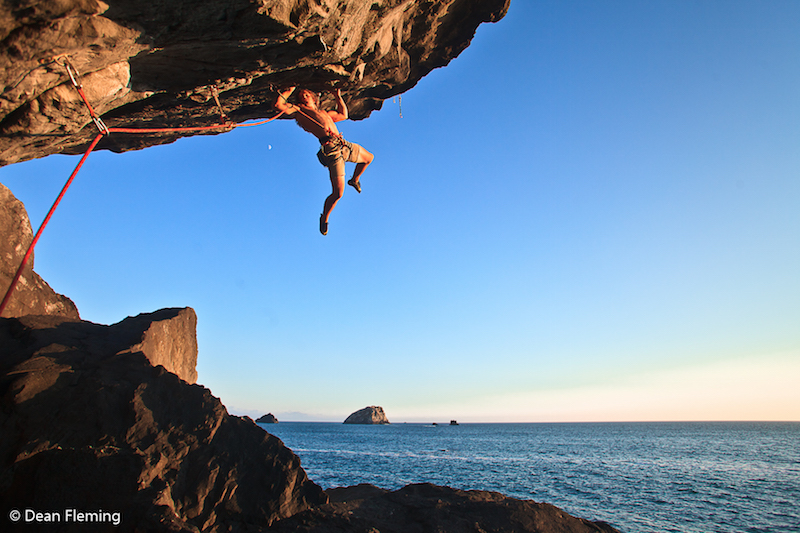
On my first visit to Promontory I climbed one route. The warm-up. On toprope. I pulled off a hunk of rock the size of a softball that smashed into my face so hard it broke my glasses and then fell to the ground in two pieces. As I hung from the rope one thought ran through my mind; ‘are these anchors going to hold my body weight…?’ Luckily, a few years’ prior long-time local climber and route developer Tom Ogden had come to Promontory and replaced some of the anchor bolts on the popular routes.
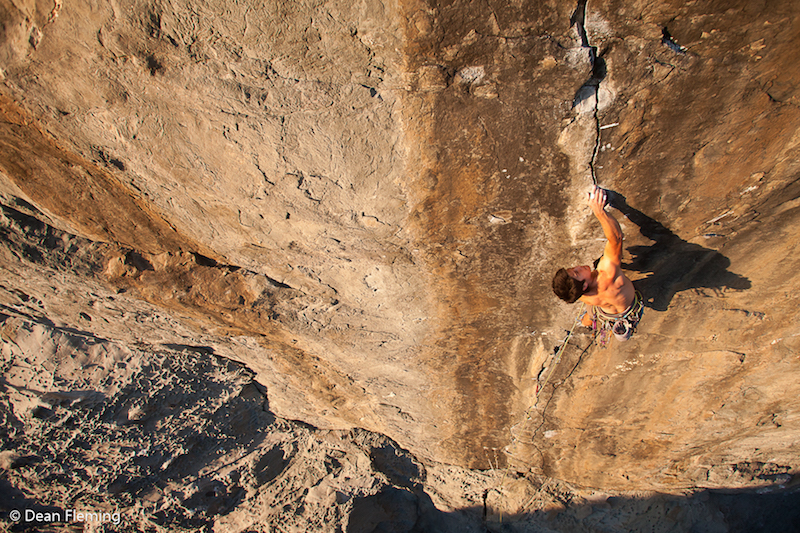
Then came the summer of 2015, when local climbers like Taylor Morrow, Dennis Baumsteiger, Tom Ogden and Matt Delheimer replaced all of the rusting five-piece bolts at Promontory with fat titanium glue-in bolts. A handful of the routes at Promontory had originally been established using removable bolts and the crew also went to work retrofitting these climbs with brand new hardware.
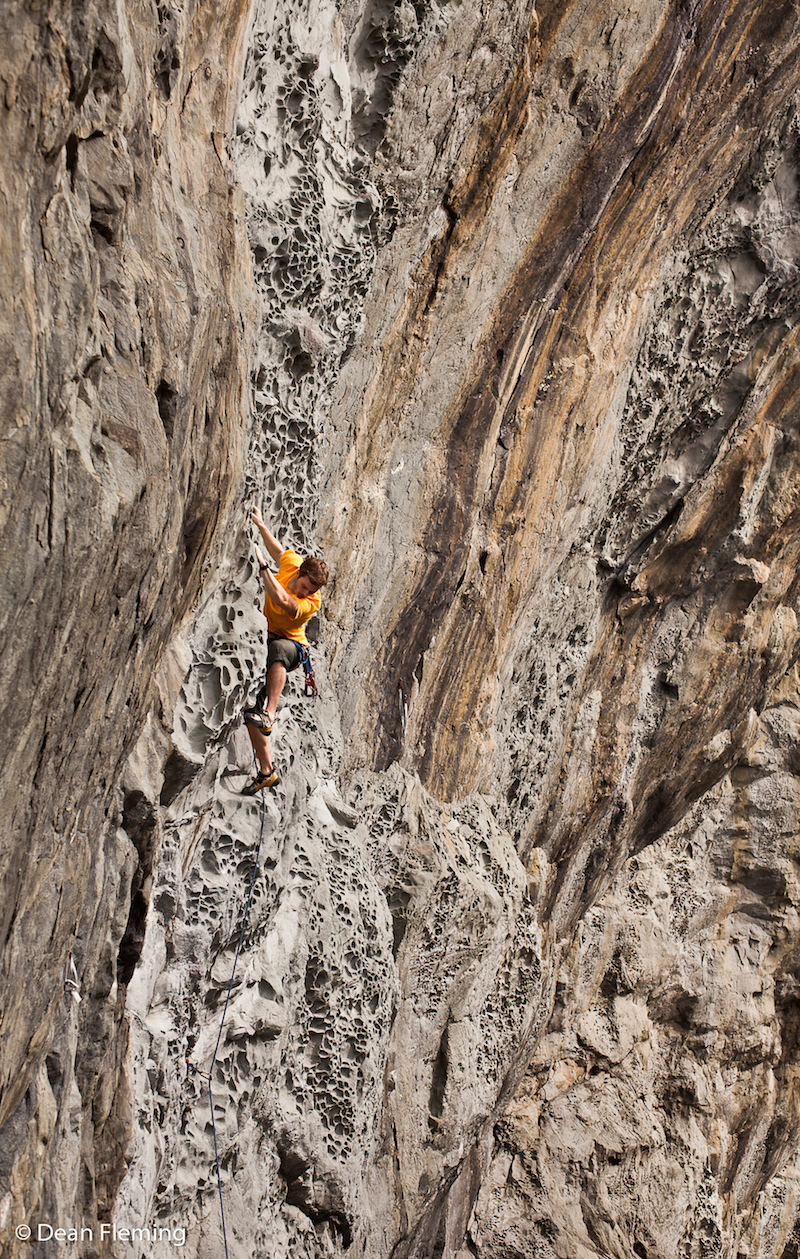
After cleaning up the established lines at Promontory with ASCA hardware, these local climbers were so psyched on the location that they purchased a large number of bolts with their personal hard-earned cash to establish more than a handful of first ascents.
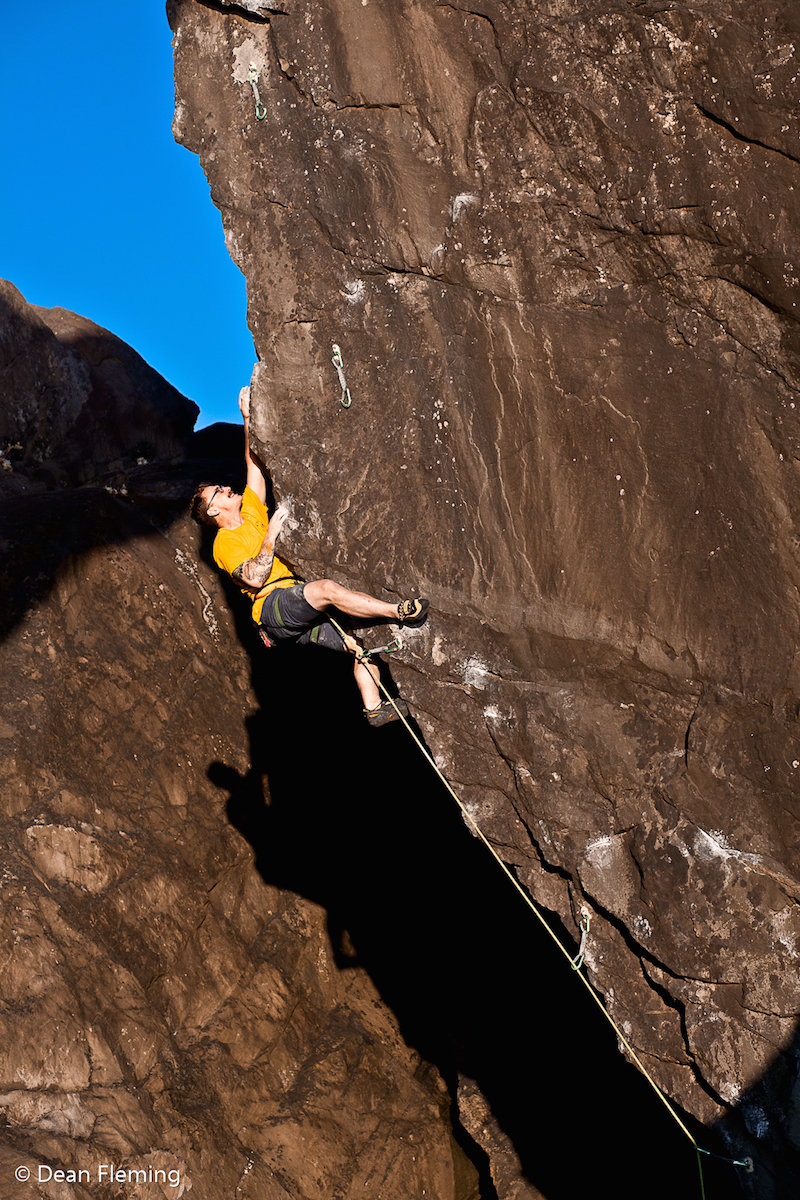
Today Promontory hosts over 30 routes from 5.7 to 5.13+ with safe lead and anchor bolts. On a given weekend, groups of climbers from North Coast towns like Crescent City, Arcata and Eureka can be found enjoying the routes; a process that has cleaned much of the loose rock and swept the holds clean of the fine-grained sand that can cover the pockets and edges when these climbs lay dormant.
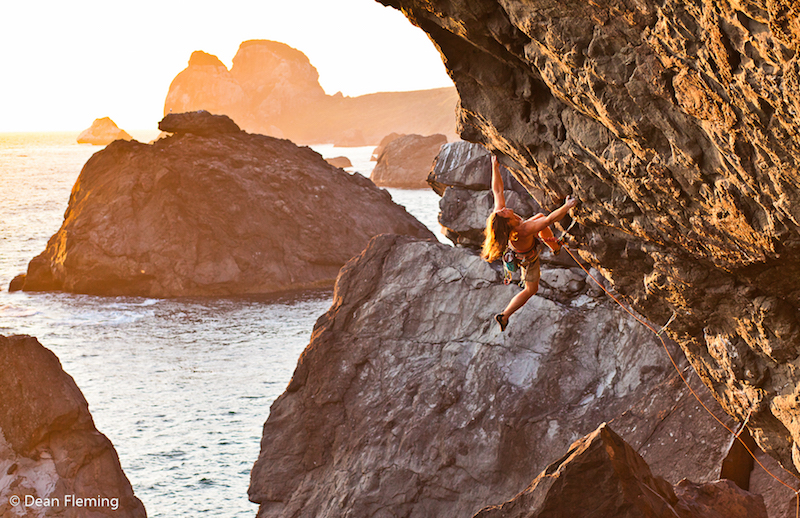
Rounding the sharp arête that makes up the southeast buttress of Promontory’s Main Wall reveals a jaw-dropping view of the crag’s best routes. Redwood Burl (5.13a), Great White (5.12b/c), Scared Straight (5.12d) and the incredible three pitch crack Blackbeard’s Tears (5.11a, 5.13b, A0) fill the south side of the Main Wall. To the north, fantastic warm-ups like Humboldt Current (5.10a) and Ride the Woody (5.10c) climb through large streaks of sandstone pockets through an overhanging bulge.
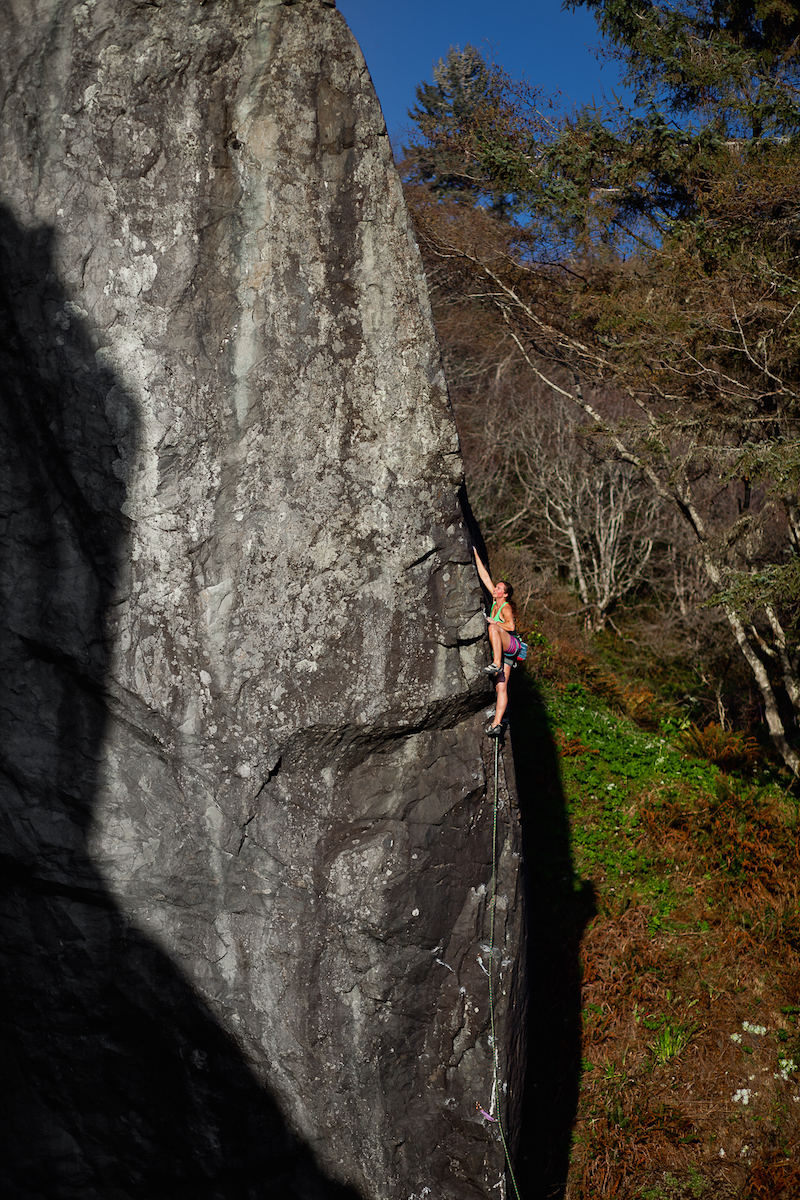
Promontory’s Main Wall is certainly the highlight of the area, yet the three smaller boulders that adjoin this massive overhang also offer routes of excellent quality on more compact, smoother stone. The classics of these boulders include Reality Check (5.12b/c), Plague of Flies (5.7) and Doggy Style (5.13b). When you visit, be sure to wander around these boulders, for stacks of quality climbs, mostly in the 5.10 to 5.12 range, can be found around every corner.
TICKLIST
Plague of Flies 5.7
Humboldt Current 5.10a
Ride the Woody 5.10c
Great White 5.12b/c
Redwood Burl 5.13a
DIRECTIONS
Promontory is located on the northern banks of False Klamath Cove of California’s Highway 101 in Del Norte County. From the town of Arcata drive north on Highway 101 for 62 miles. Just north of Wilson Creek Road and before a small bridge, turn left into a large paved parking lot that abuts the Pacific Ocean. From here, hike north across the beach (wading across Wilson Creek may be necessary) until you reach the obvious bluff of sandstone rocks.
GUIDEBOOK
Bigfoot Country Climbing by Paul Humphrey and Eric Chemello
By Dean Fleming

